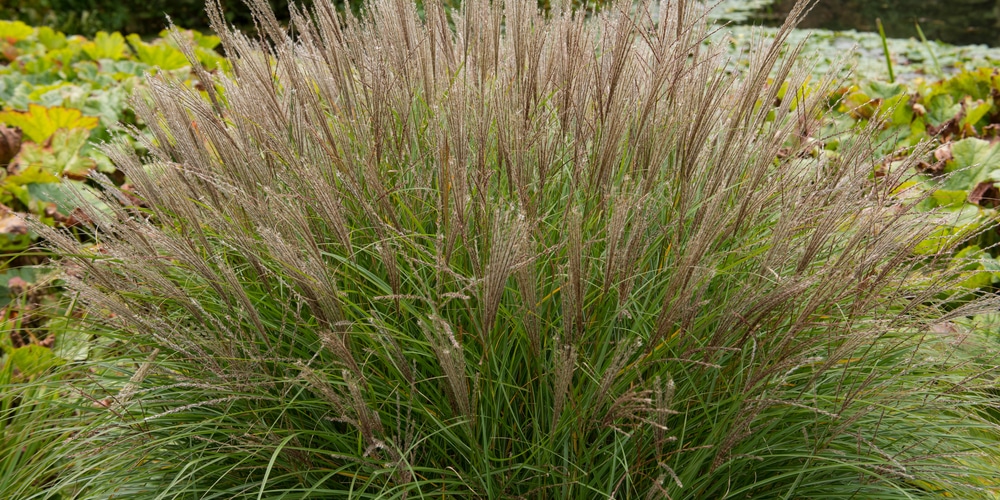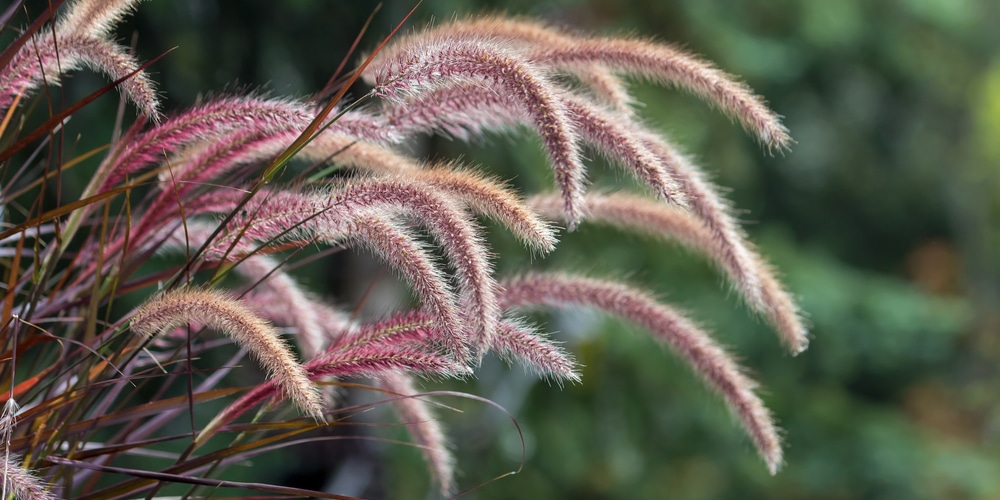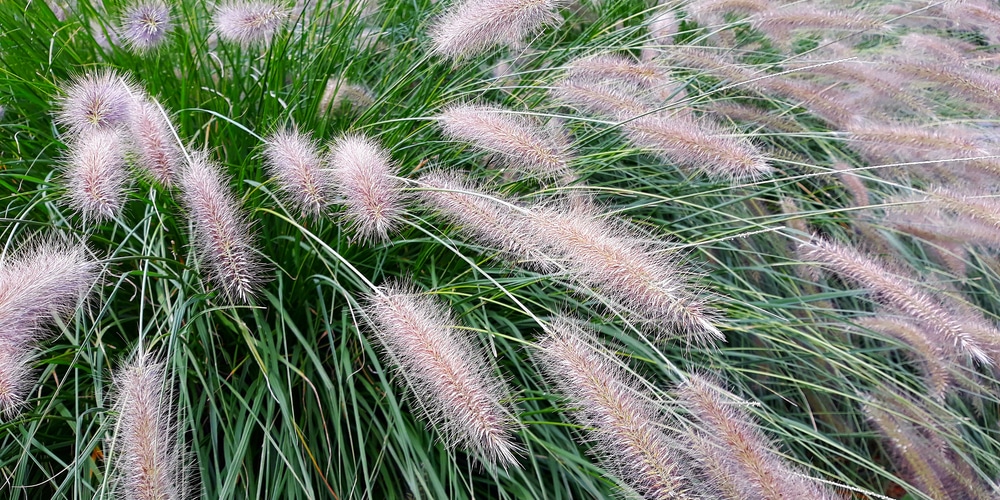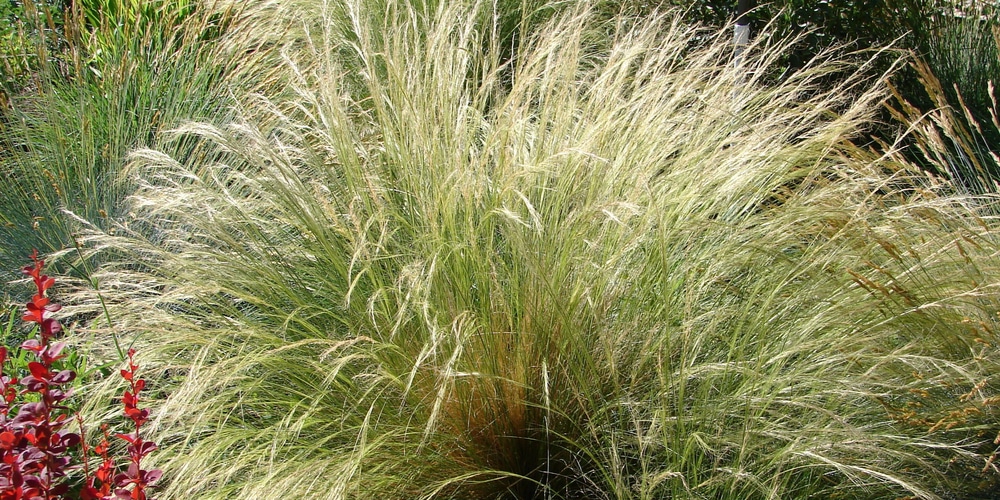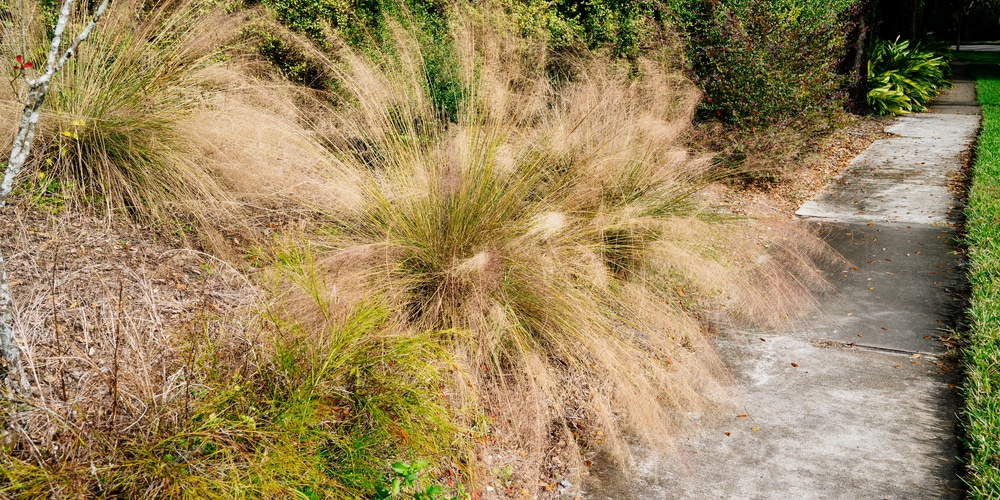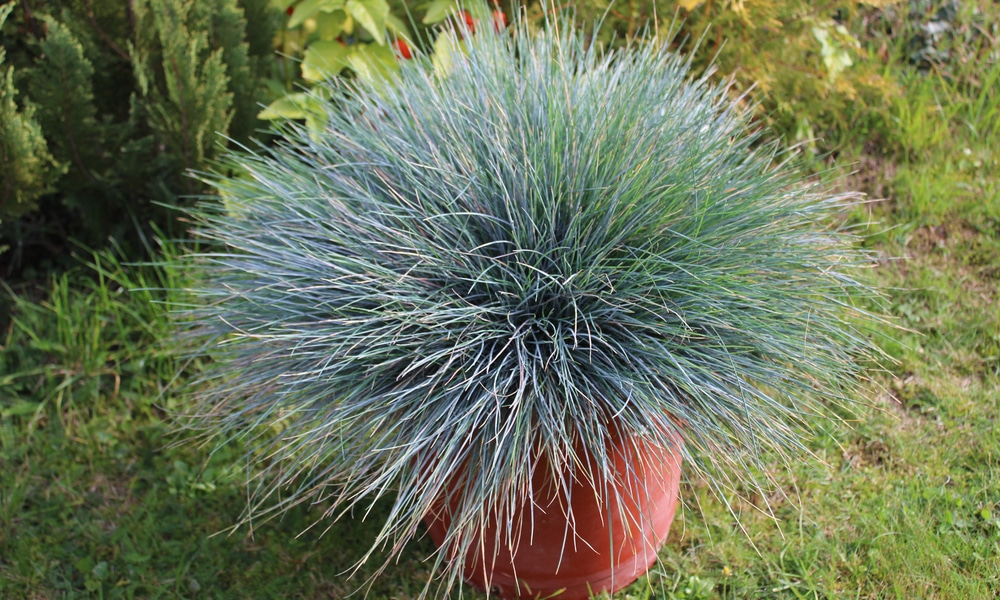Ornamental grasses make an excellent landscape option. Plus, you get the added bonus of drawing the attention of local birds and butterflies. Here are 7 ornamental grasses Texas homeowners will love, for it will surely add life and color to any yard or garden.
Ornamental grasses Texas
Japanese Maiden Grass
Japanese Maiden Grass also goes by Japanese Silver Grass or Miscanthus sinensis. It has a clumping habit and fits the ‘ornamental grass Texas’ quite well, due to its white gray inflorescence that appears on top of its swaying stems.
Gardeners should find a variety of uses for the grass, including as a lone specimen plant, in borders or hedges. It can grow up to 6 feet tall whenever there’s full sun and moist soil. Japanese Maiden Grass can tolerate Texas weather quite well and assume dormancy when winter comes.
Purple Fountain Grass
This grass species is the darling of Texas homes and landscapes. The unusual grass colors will surely attract anyone’s attention and will want them to get the plant for themselves.
Best of all, purple fountain grass is drought tolerant and shines when you care for it regularly.
Burgundy foliage with feathery blooms stand tall and follow the breeze. The perennial is warm season and won’t survive winters in zones 8 and below.
However, you can skip this part by putting your purple fountain grass in a container so you can overwinter it indoors.
Blue Grama
Blue Grama comes from the poaceae family and is one of the shortest native ornamental grass species in the US. The perennial plant also earns the distinction of being a drought tolerant grass and can survive with very little water.
You can plant blue grama as a turf, accent or along with your other perennial plants. Flowers appear starting July to October depending on your area and will surely attract surrounding wildlife. The fine leaves and blue-green seedheads definitely make a statement and when you need gentle gradations in your yard.
Dwarf Hameln Grass
Another short grass variety that looks great anywhere you put them, Dwarf Hameln sports foliage in a typical fountain shape and produces bottlebrush-like blooms that hang around until the fall season.
The perennial plant is well-suited for Texas landscapes and should be planted where it can get full sun. If you’re looking for a plant that spreads respectfully and doesn’t invade other plant spaces, this is the grass for you. As a side note, you can grow dwarf hameln in a container and instantly brighten up any area in your home.
Mexican Feather Grass
Mexican Feather Grass is native to the US southwest and thrives well without needing human intervention. In your Texas landscape you’ll definitely want it to look its best and thus put it in a location that gets well-drained soil and all-day sunlight.
Stipa tenuissima grows in zones 7 through 11 and can live in a variety of mediums, including sand and clay. The grass softens up landscapes and puts out silver and green threads that dance in the slightest disturbance.
It thrives on neglect and can survive on its own- deer and rabbit tend to pass up on chewing the grass in favor of other plants. It’s also disease- and pest-free and works as an accent plant, in containers or borders.
Gulf Coast Muhly
A cool season grass that comes to life when the weather drops, Gulf Coast Muhly exhibits show-stopping colors that change as the season passes.
The ornamental grass assumes a green color in spring, which turns to purple and plum as fall progresses. It’s native to Texas and very drought tolerant, and it’s also short and compact enough that you can practically fit them anywhere in your landscape.
Gulf Coast Muhly can be grown in part shade and assumes a wispy spread of around 2 to 3 feet.
Blue Fescue
Blue Fescue is a perennial grass type that exhibits an enchanting bluish green foliage that seems to shimmer when healthy. It’s hardy in zones 4 to 8; those in zone 9 will want to put it where it gets partial shade in the afternoon.
Gardeners like it due to its high drought tolerance and showmanship. If you’re planning to put some in your landscape then you’ll have to wait until early spring to late summer. Make sure it’s in a well-drained medium and put in several inches of bark mulch.
Related Article: Dwarf Mondo Grass as Lawn
